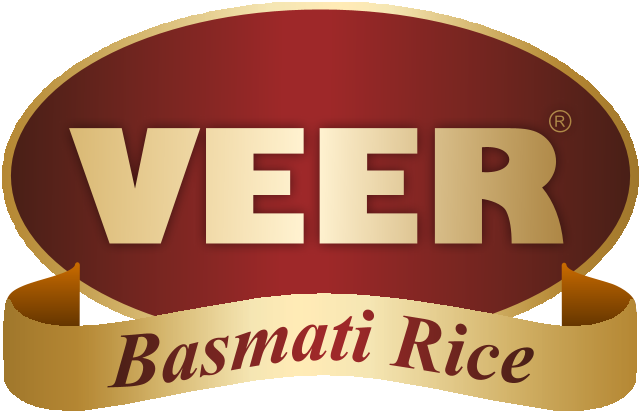In the wide-spread fields of the Indian subcontinent lies a treasure that is revered as the precious golden grain across the globe. We are talking about the age-old grain aka rice, that shares mighty importance in completing different cuisines. Rice is hailed as the primary food staple from ages in every corner of the world. Whether you’re planning a hot and flavourful biryani or a date night with steamy sushi, rice is omnipresent just like oxygen- Everywhere and important for survival.
In the landscape of the global market, it is revered as an emblem of sustenance and consumed as a primary food source for many countries. India is the second largest producer and exporter of rice in the world. So if you’re giving a thought to setting up a rice production or exporting business, then this article is for you. Here we’ll talk about the importance of quality assurance in rice export and production that rice exporters in India should know. Let’s dive deep into today’s article so you can upscale your rice business and ensure customer satisfaction.
Reasons Behind The Increasing Demand Of Rice
There are several factors that can justify the reasons behind increasing demand for rice across the world. Here we’ve listed some for Rice Exporters in India, which includes the following-
Popularity growth
As the world’s population is growing with time, the demand for food sources increases eventually. Rice is the staple food source in many countries for millions of people. As the population continues to grow, the consumption of rice rises accordingly.
Change of eating habits
The introduction of different Asian cuisines, such as Indian, Chinese, Japanese, Indian, and Thai has completely changed eating habits. Most of the cuisines often used rice as a primary ingredient.
The seed of urbanization
The rise of urbanization has changed dietary habits completely. As more and more people are coming to cities, leading to a sudden shift towards food that is easy to cook, store, and serve.
People are becoming more health conscious
Rice is the perfect food for health conscious people because it’s gluten-free and has low allergen potential. In addition, people in a pursuit to achieve a desired waistline look for healthy carbohydrate options, higher fiber, and nutritional benefits.
Rising Middle-Class Population
The surge of the middle class population in several countries has led to the consumption of food, including rice. With more people achieving higher living standards, rice has become a popular choice in their daily diets.
Rice used in biofuel production
In many regions, rice is also used for biofuel production, increasing the demand for this precious food grain.
Industrial Uses
Beyond its role as a food staple, rice finds applications in various industries, including brewing, cosmetics, and pharmaceuticals. As these industries expand, so does the demand for rice.
Humanitarian assistance and food aid
In times of natural disasters, crises, and conflicts, rice is mostly used as primary food aid and humanitarian assistance. Rice is primarily used to address food security emergencies.
Quality Assurance in Rice Export
Basmati rice is revered for its aromatic taste, texture, and quality. Hence, it’s important to fulfill the expectations of global consumers, variability in aroma, taste, and appearance. Basmati rice exports should have strict quality measures in the supply chain at all levels so they can provide better and premium products to consumers.
How To Assure Quality In Rice Export?
Assuring quality rice export is important for customer satisfaction and providing better value to your consumers. In addition, quality assurance in rice-producing and exporting brings credibility, and trust among the Rice Exporters in India. Here are some measures and steps that you can take while exporting premium rice–
Proper post-post harvest handling
Post harvest handling is crucial to maintain the quality of rice. Post harvesting methods contain several efficient drying methods, protection, and storage facilities so you can avoid quality deterioration.
Quality grading and testing
In order to maintain the Rice Quality Control, you need to conduct rigorous grading and testing at different stages of rice export and production.
Implement Good Agricultural Practices (GAP)
GAP is practiced at the farm level. Rice exporters encourage farmers to implement Good Agricultural Practices (GAP), which includes proper land preparation, irrigation management, seed selection, and the most important pest control.
Create transparent documentation
You need to create transparent and accurate documentation at all levels of the export process. Proper documentation also helps you to make sure that rice meets the expected quality standards and meets the specific requirements of the importing countries.
Regular inspections and audits
Rice exporters should conduct timely internal and external audits and inspections to maintain the effectiveness of quality assurance and identify areas for improvement.
Quality Assurance Certifications
Obtaining certifications from reputable organizations like GlobalGAP or ISO 22000 can enhance the credibility of rice exports. These certifications demonstrate adherence to internationally recognized quality and safety standards.




